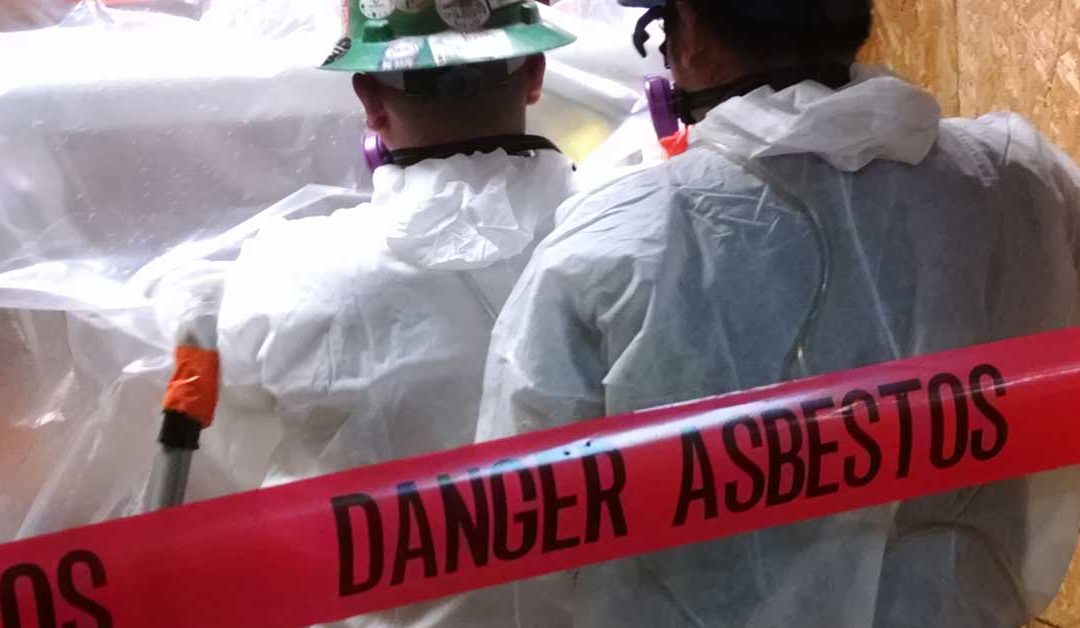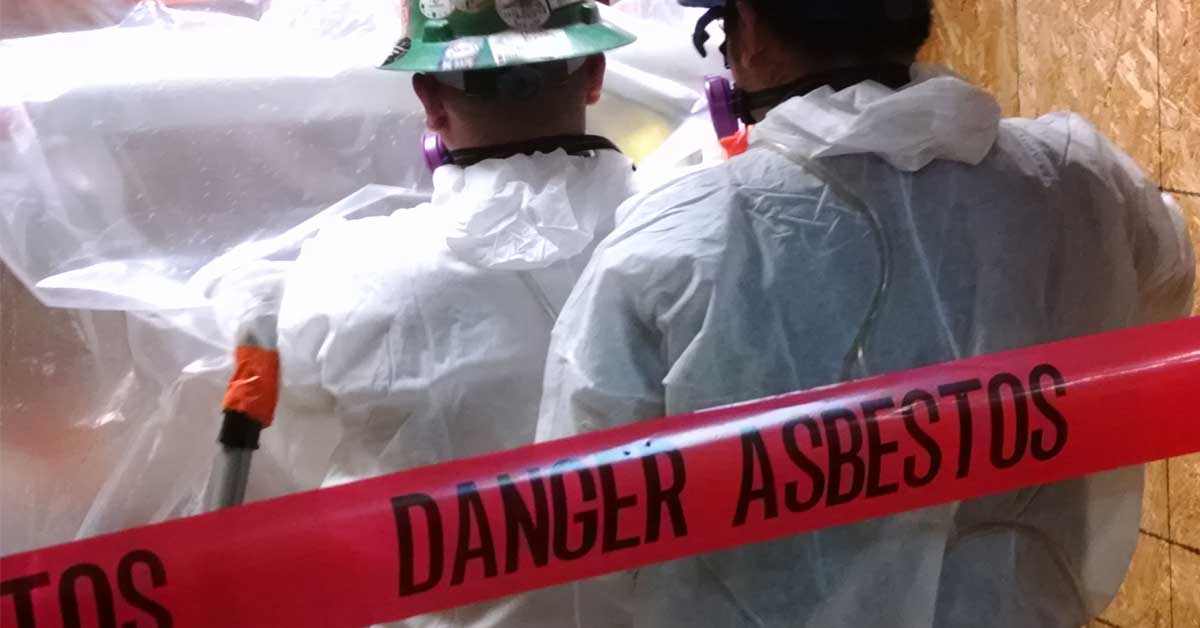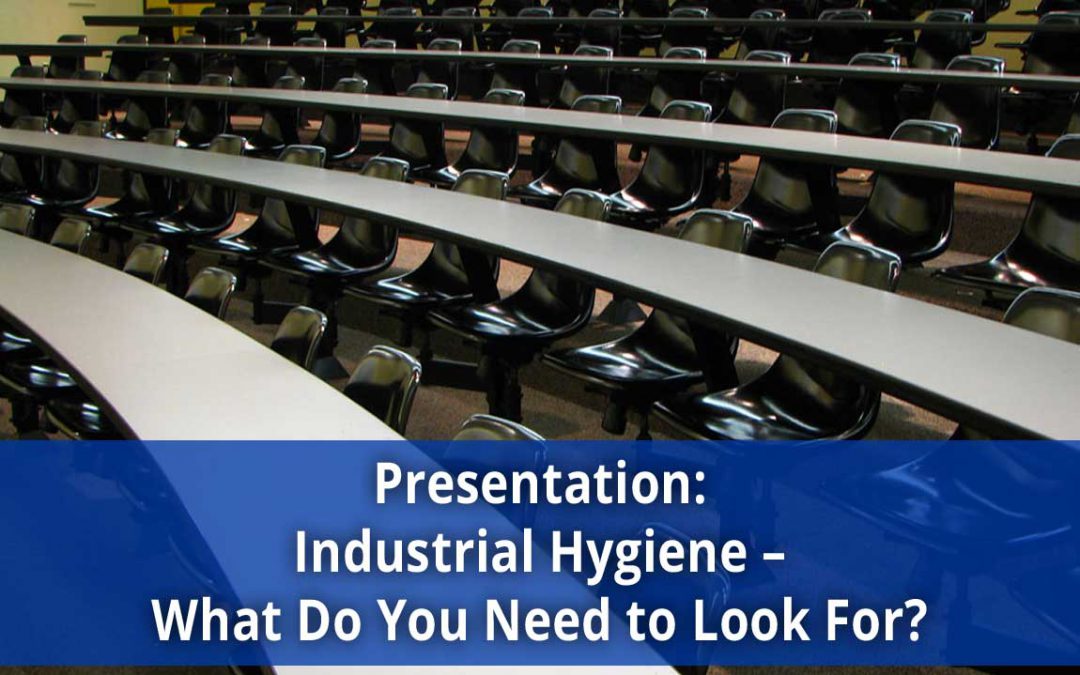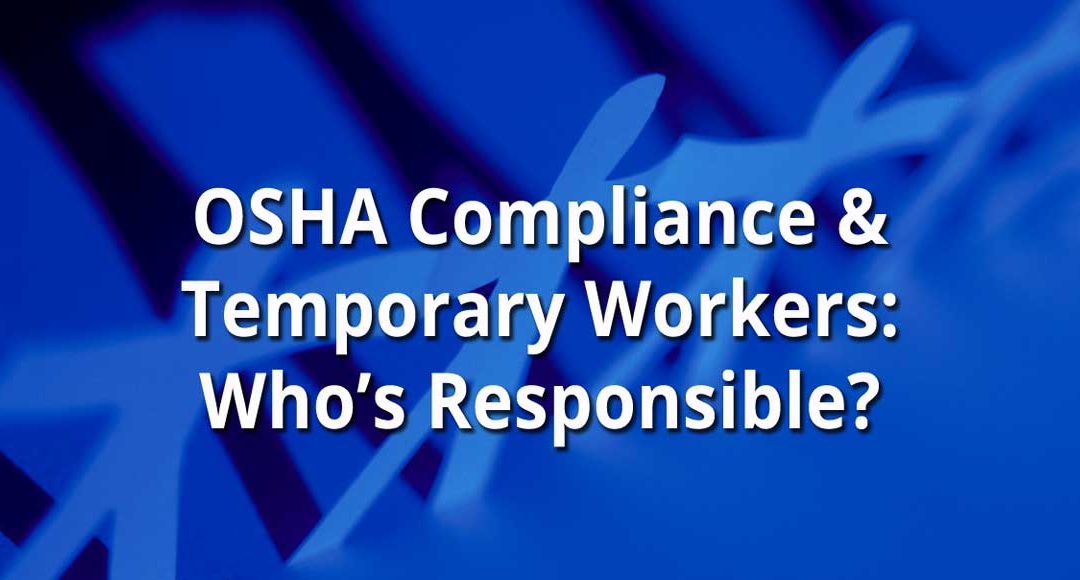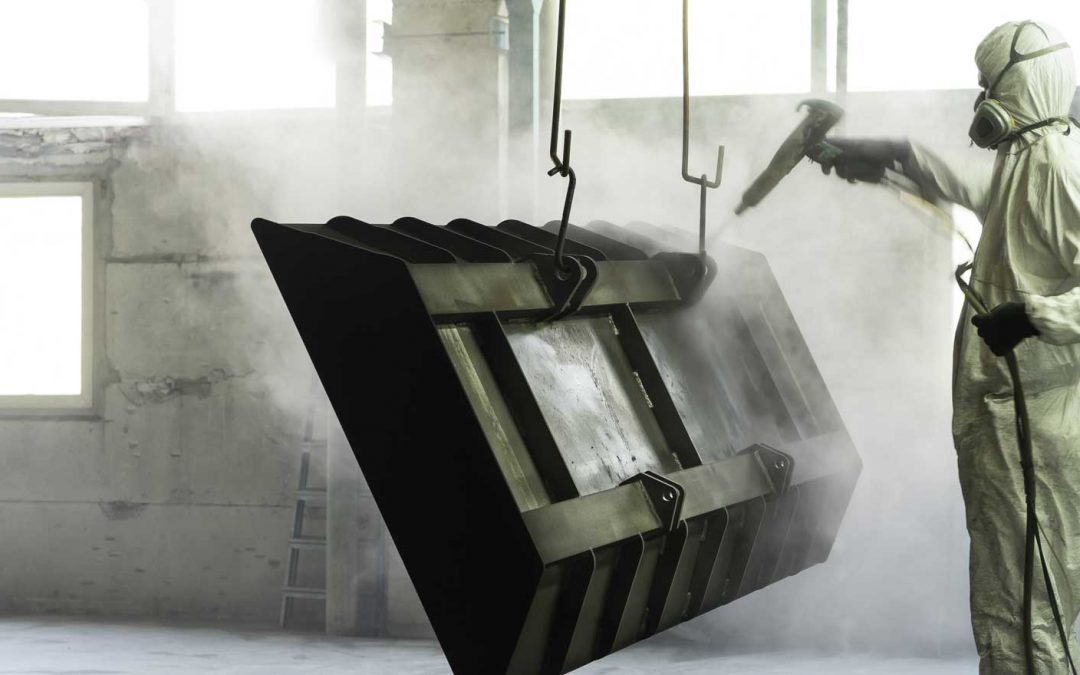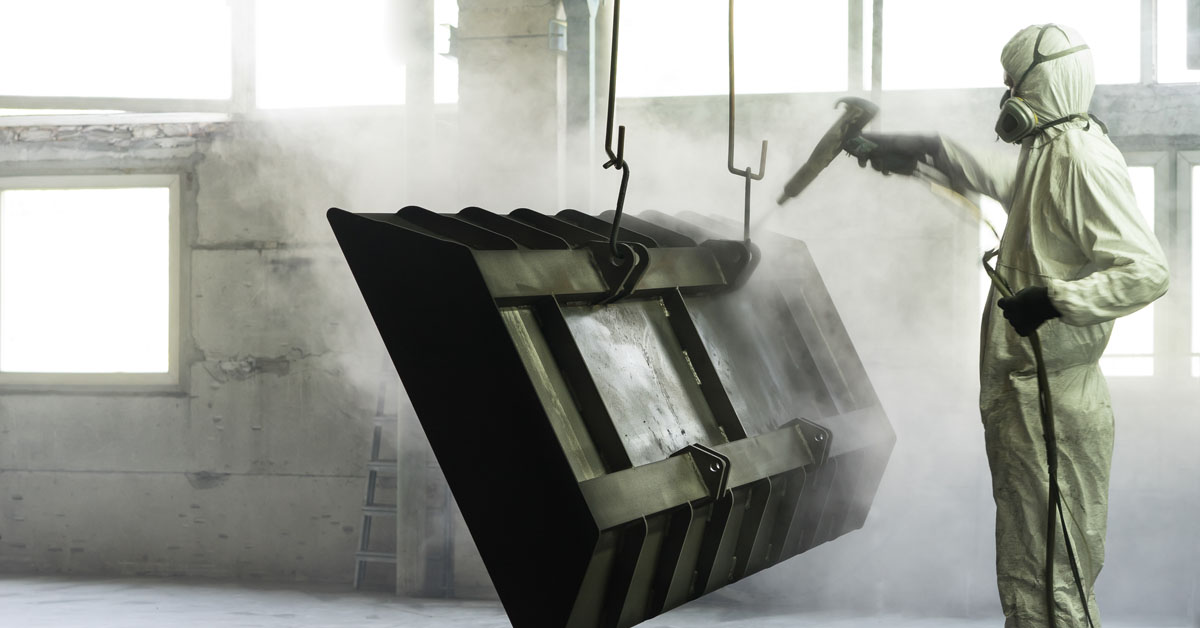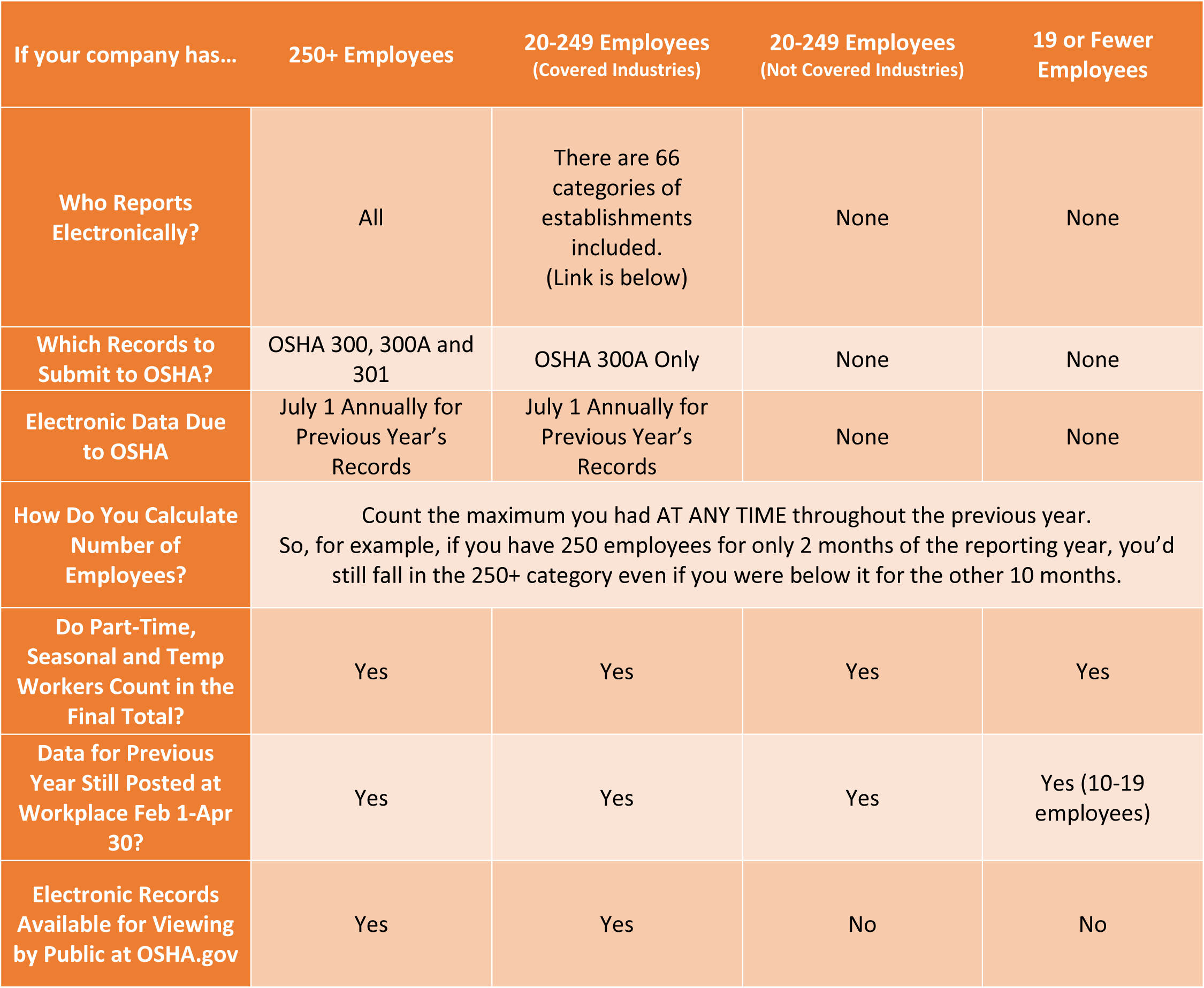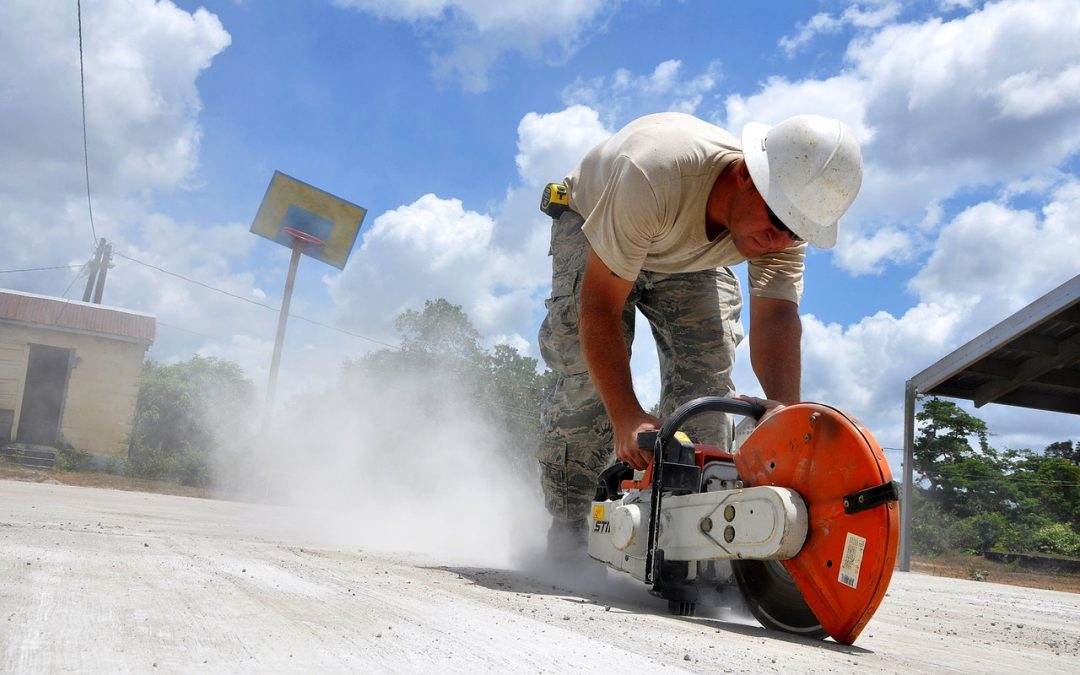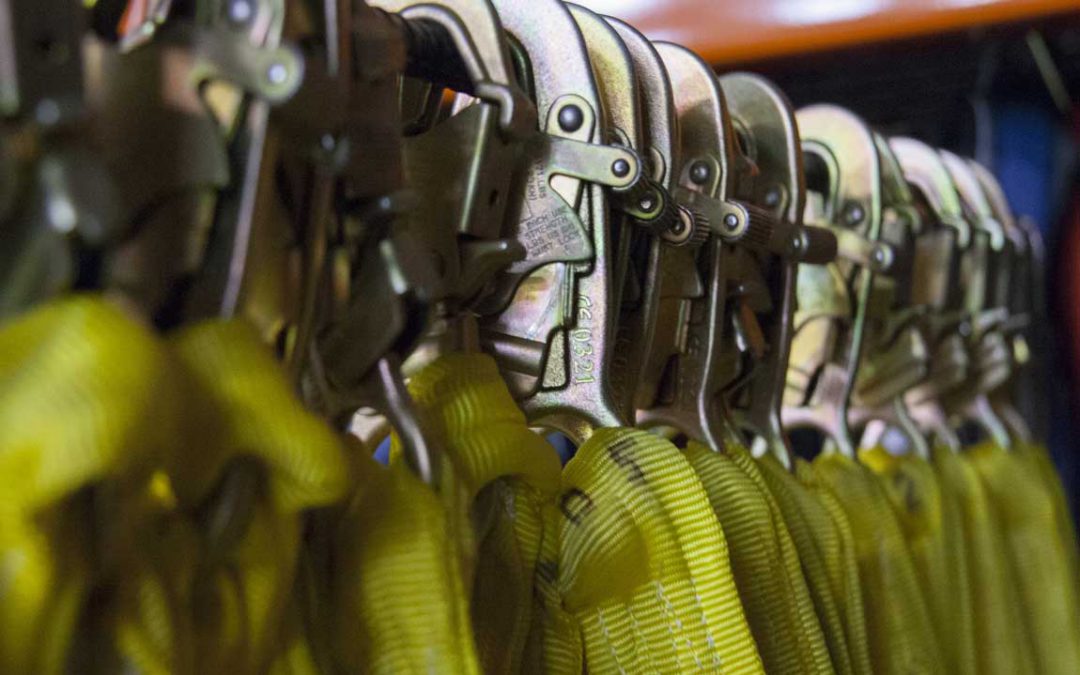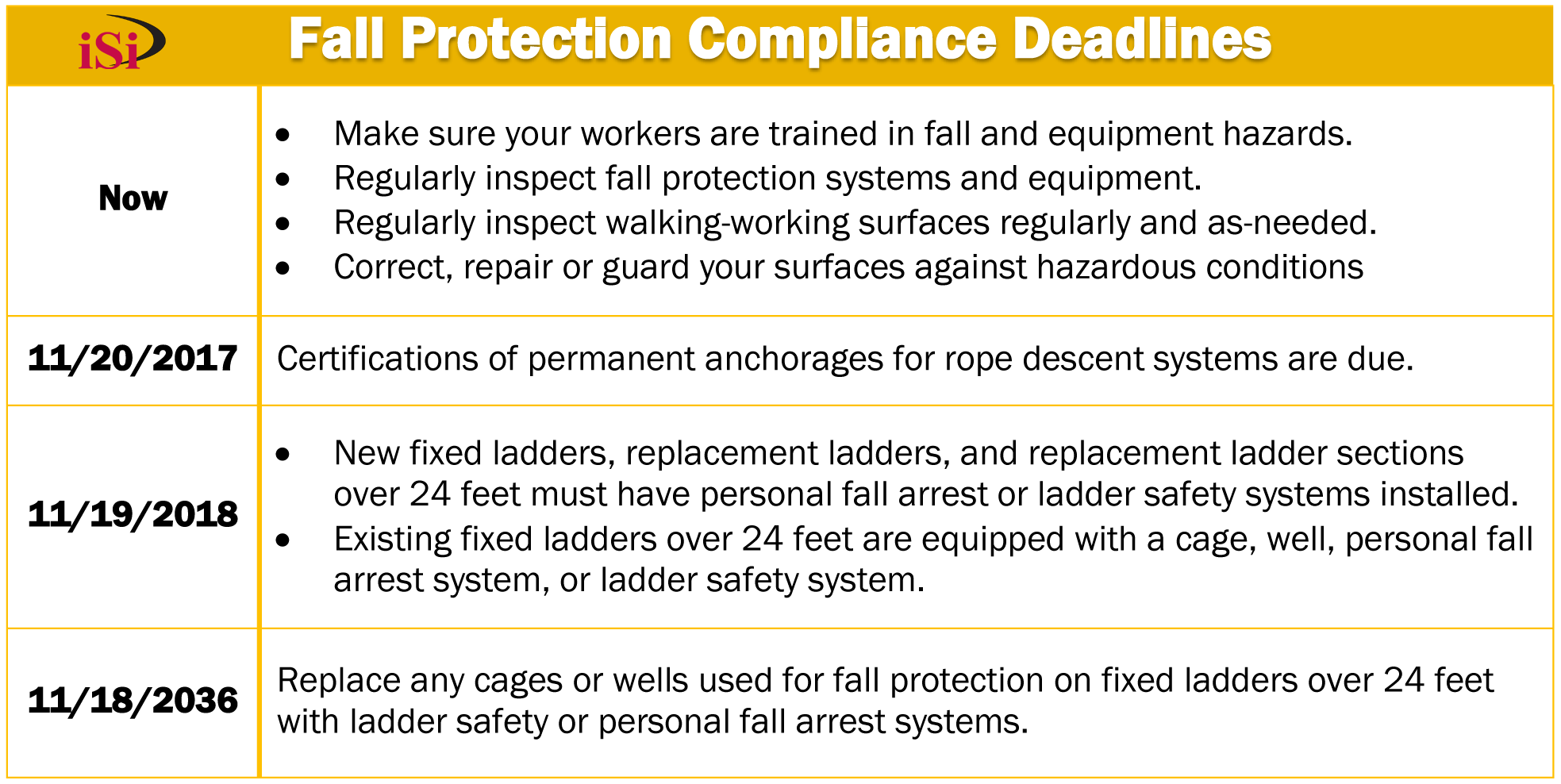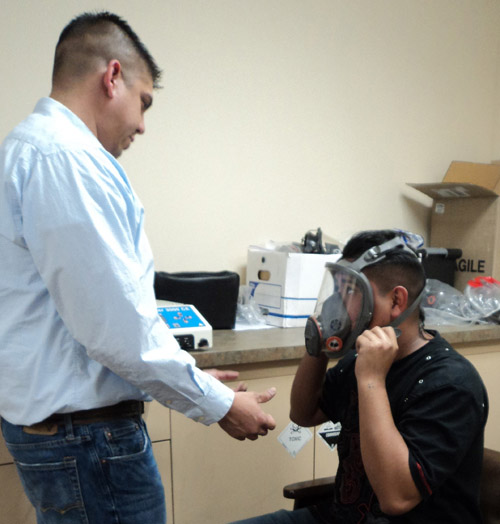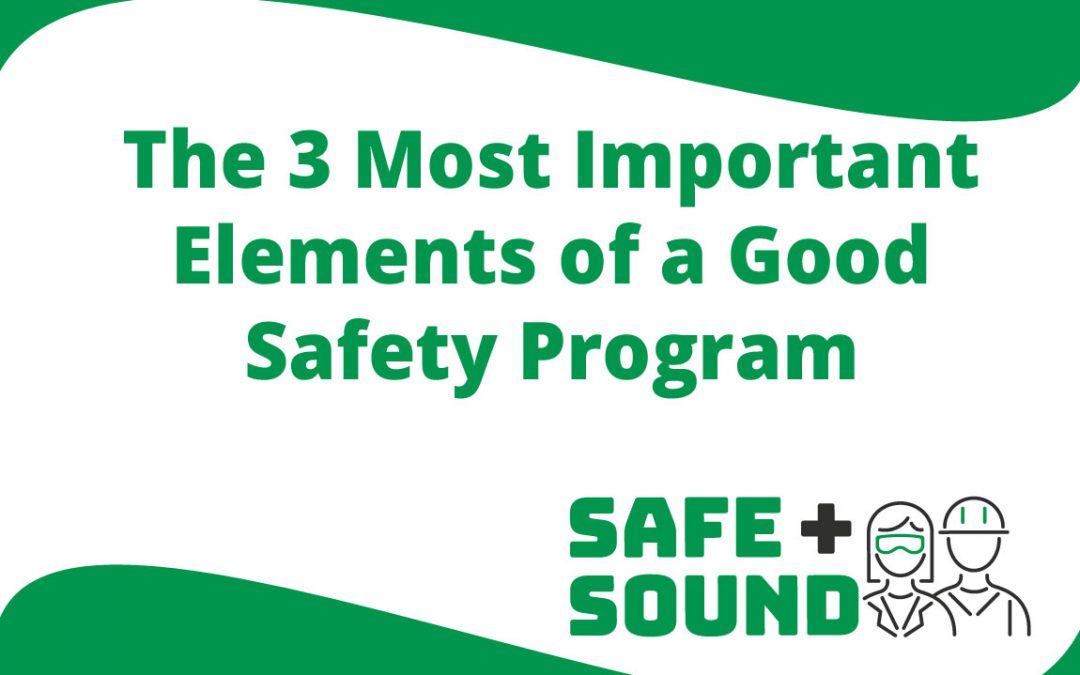
The 3 Most Important Elements of a Good Safety Program
OSHA’s Safe + Sound Week this week gives us a chance to take a look at company safety programs, what makes them successful and what elements need to be a part of them. OSHA identifies the following three main elements of an effective safety and health program.
Management Leadership
 Successful programs all begin with management commitment. Management commitment is often the strong foundation to the program, and without it, all other efforts don’t have nearly the same chance for success. Management commitment shows workers that safety is an important part of the business’s success. In turn, it shows workers that efforts workers make will be valued in the long run.
Successful programs all begin with management commitment. Management commitment is often the strong foundation to the program, and without it, all other efforts don’t have nearly the same chance for success. Management commitment shows workers that safety is an important part of the business’s success. In turn, it shows workers that efforts workers make will be valued in the long run.
There are a number of ways management can show their commitment besides financial and resource support. They can factor safety into plans and decisions of the company from construction/renovations to process changes to company policies. Management can also establish rewards and recognition programs for safety participation and achievements as well as making safety a daily part of conversations. At every company event or meeting, a moment can be made available for safety. Safety goals, expectations, achievements, and even the incidents and near misses need to be highlighted through company communication channels.
Worker Participation
 Workers are the ones who are exposed to safety issues on a daily basis. They have the knowledge of the hazards they encounter on the job. Safety programs which involve worker ideas and contributions and then follow through on those assist in giving employees ownership and investment into the safety effort. Genuine worker participation efforts need to ensure workers feel comfortable about speaking up when issues are found or injuries happen.
Workers are the ones who are exposed to safety issues on a daily basis. They have the knowledge of the hazards they encounter on the job. Safety programs which involve worker ideas and contributions and then follow through on those assist in giving employees ownership and investment into the safety effort. Genuine worker participation efforts need to ensure workers feel comfortable about speaking up when issues are found or injuries happen.
You can encourage worker participation through involving them in program design elements, job hazard analyses, site inspections and incident investigations. Programs which allow workers to assess the safety of themselves and those around them are helpful, as are tools for reporting near misses and incidences of good safety practices.
At iSi we have required Peer to Peer evaluations where workers evaluate safe/unsafe actions of their co-workers. Those who are being evaluated are kept anonymous so there’s no fear of someone “getting in trouble” for not following a safety protocol. We’ve found that the ones who are doing the evaluation tend to get more out of it than the person being evaluated because the act of finding and assessing safety brings more attention to determining what’s the correct safety behavior. The discussions between workers during the evaluations are some of the most valuable for alerting to a potential hazard, enforcing good behavior, and opening up a dialogue for finding ways to make daily work safer.
Finding and Fixing Hazards
 When both management and workers are participating, good momentum comes when issues are fixed and resolved. OSHA says that most fixes are reactive, that is, they’re a result of something happening whether it be a response to an incident or a new regulation coming out. However, a strong safety program finds issues and resolves them before they become an issue. The workplace is ever changing, so safety issues may arise where you least expect. Considering safety implications in any workplace change is important.
When both management and workers are participating, good momentum comes when issues are fixed and resolved. OSHA says that most fixes are reactive, that is, they’re a result of something happening whether it be a response to an incident or a new regulation coming out. However, a strong safety program finds issues and resolves them before they become an issue. The workplace is ever changing, so safety issues may arise where you least expect. Considering safety implications in any workplace change is important.
Take a look into your incidents and determine what is the root cause of those? Are you continually having the same issues in your near misses? What are the injuries in your OSHA 300 logs? Is there a correlation? If there are similarities, then you have a place to start. Involve workers and solicit their ideas in how to make those operations safer. Is there a way to do things differently with minimal efforts and investments? Use the hierarchy of controls when determining solutions. Is there a way to remove the hazard completely? Are the controls you currently have in place working or do they need to have some reevaluation?
So How Do You Get It All Accomplished?
 A good safety program like this doesn’t happen overnight and it will take the participation of everyone in your company to make it happen. There are a lot of pieces that will need to be accomplished. Consider using iSi as a resource for getting some of these pieces completed. We have assisted hundreds of companies with their safety programs and have been involved in strengthening safety cultures and putting program elements in place. Not only can iSi be an extra set of hands, but sometimes in developing programs, an experienced third-party to lend ideas or even serve as a mediator can be helpful.
A good safety program like this doesn’t happen overnight and it will take the participation of everyone in your company to make it happen. There are a lot of pieces that will need to be accomplished. Consider using iSi as a resource for getting some of these pieces completed. We have assisted hundreds of companies with their safety programs and have been involved in strengthening safety cultures and putting program elements in place. Not only can iSi be an extra set of hands, but sometimes in developing programs, an experienced third-party to lend ideas or even serve as a mediator can be helpful.
For example, iSi can assist with:
- Safety Committee and Safety Culture Development
- Site Audits and Inspections to Help You Gain a Baseline Checklist to Start From
- Occupational Exposure Monitoring to Get an Idea on Where You Stand
- Written Safety Program Development Through SafetyPlans.com
- Job Hazard Analyses
- Emergency Action Plans
- Employee Perception Surveys
- Worker Training
Need Help?
Need an extra hand to get this done? How about policies/programs developed or training conducted?

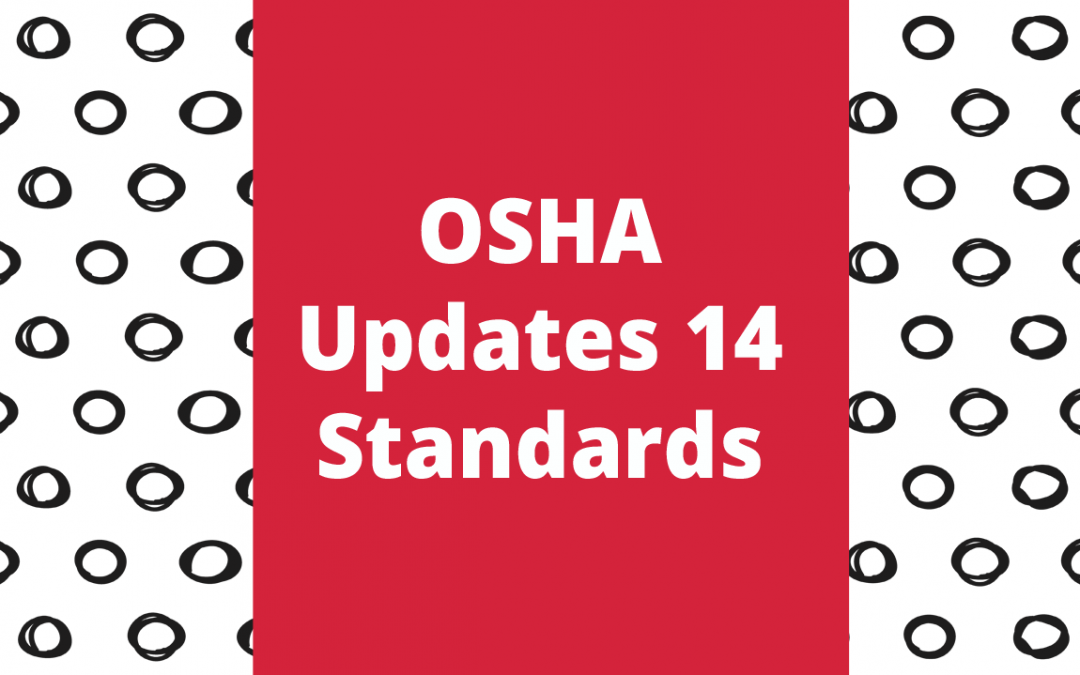
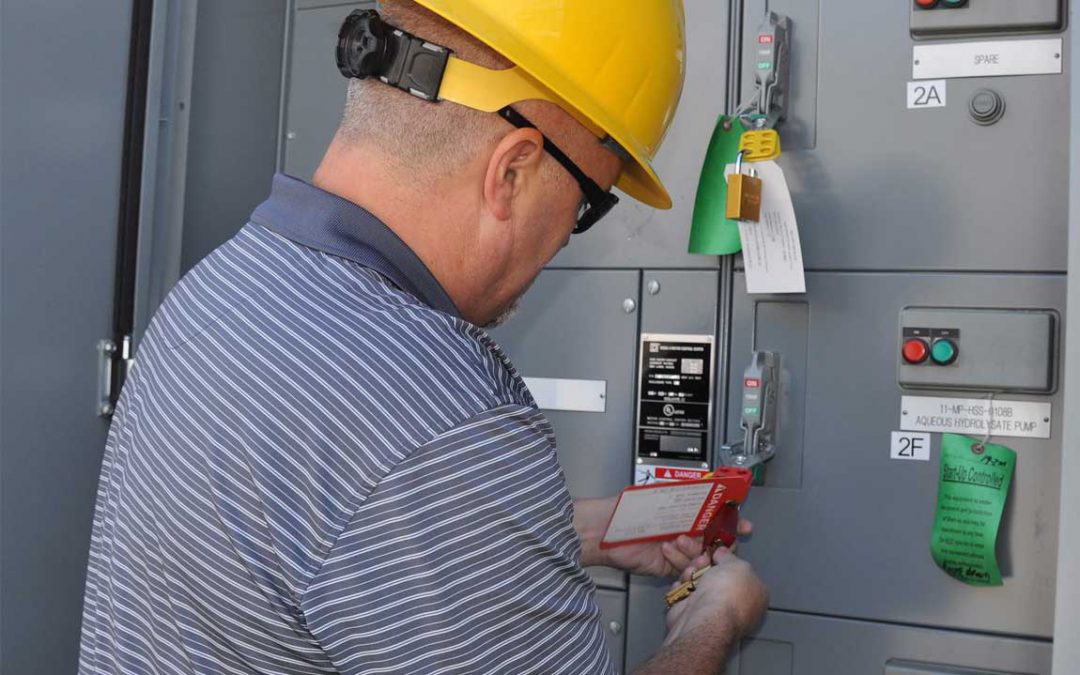


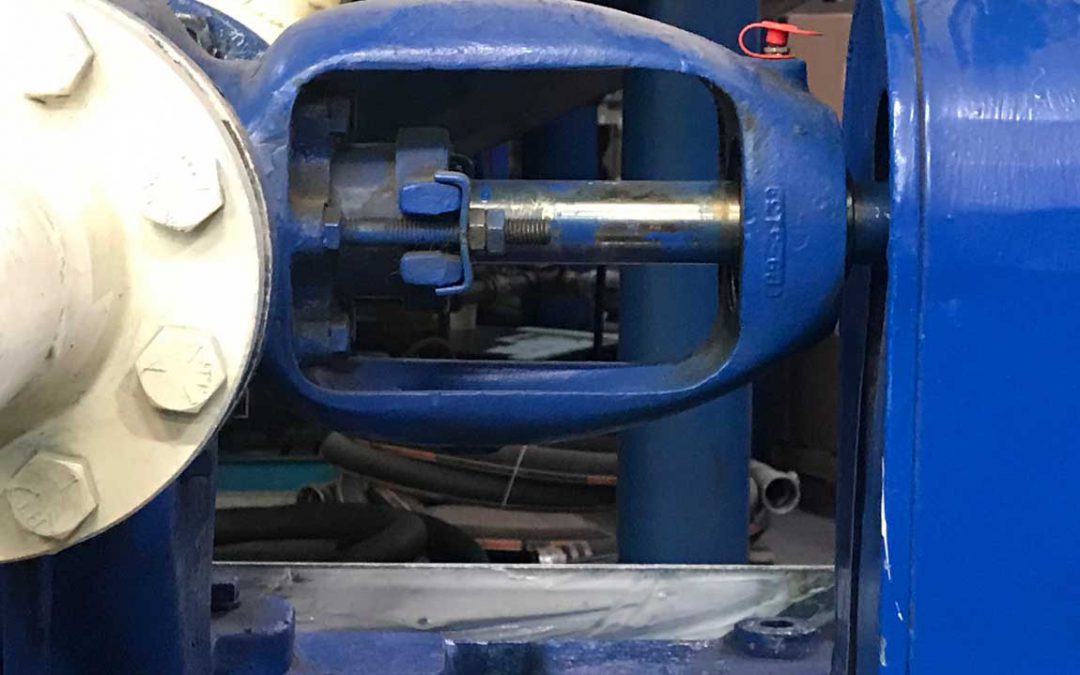
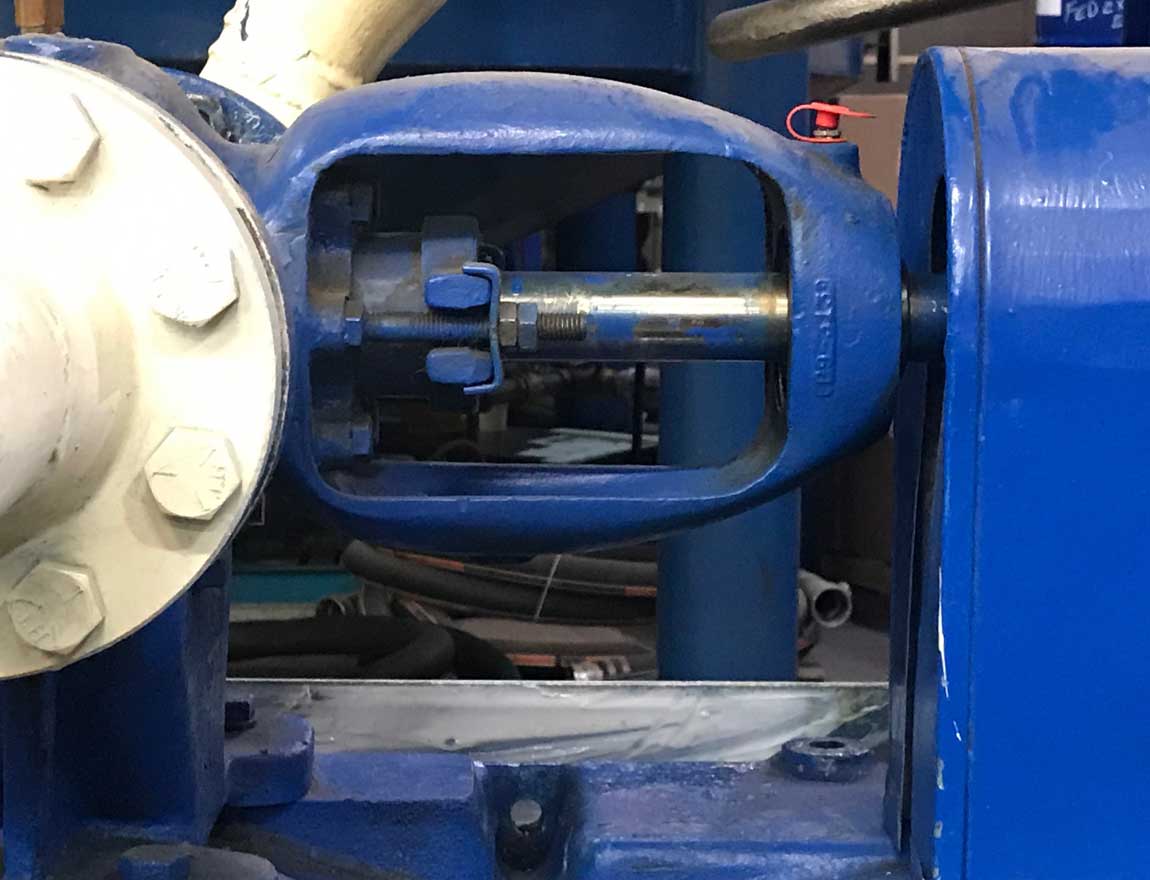
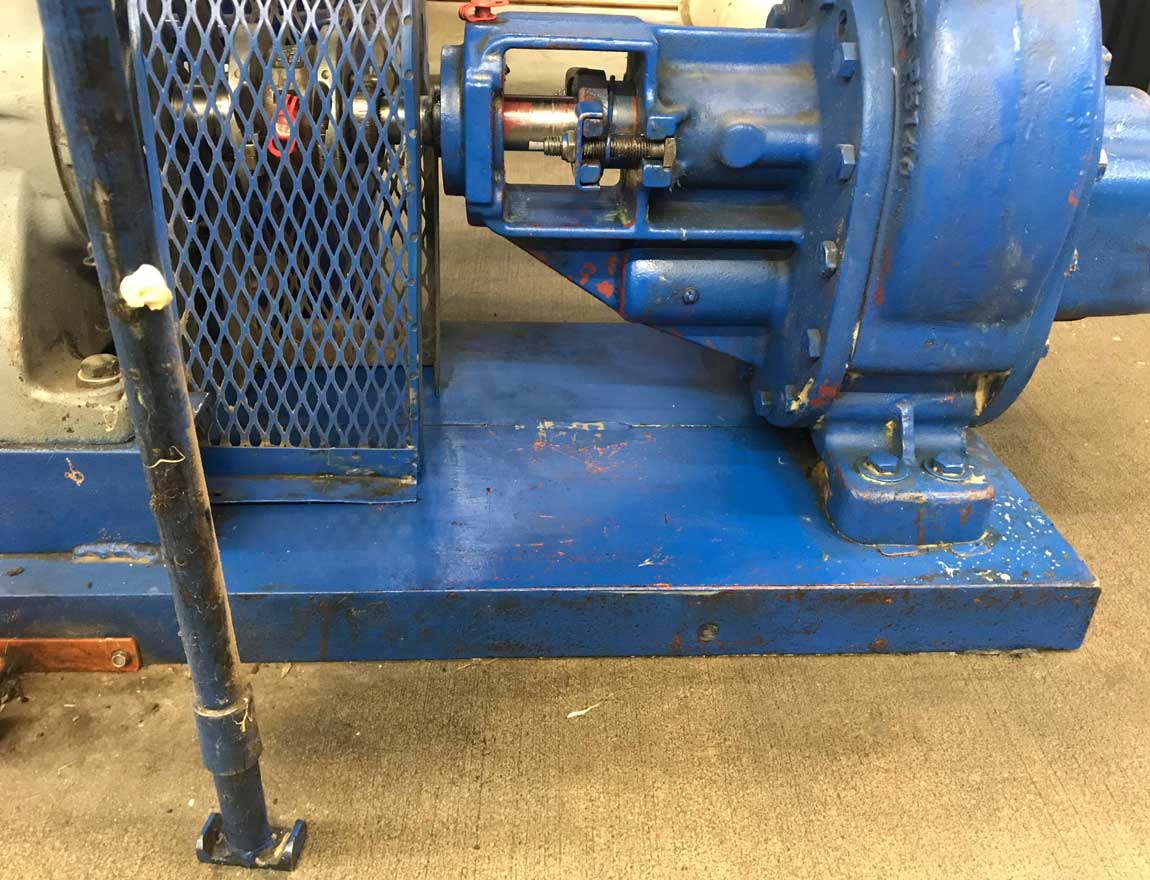
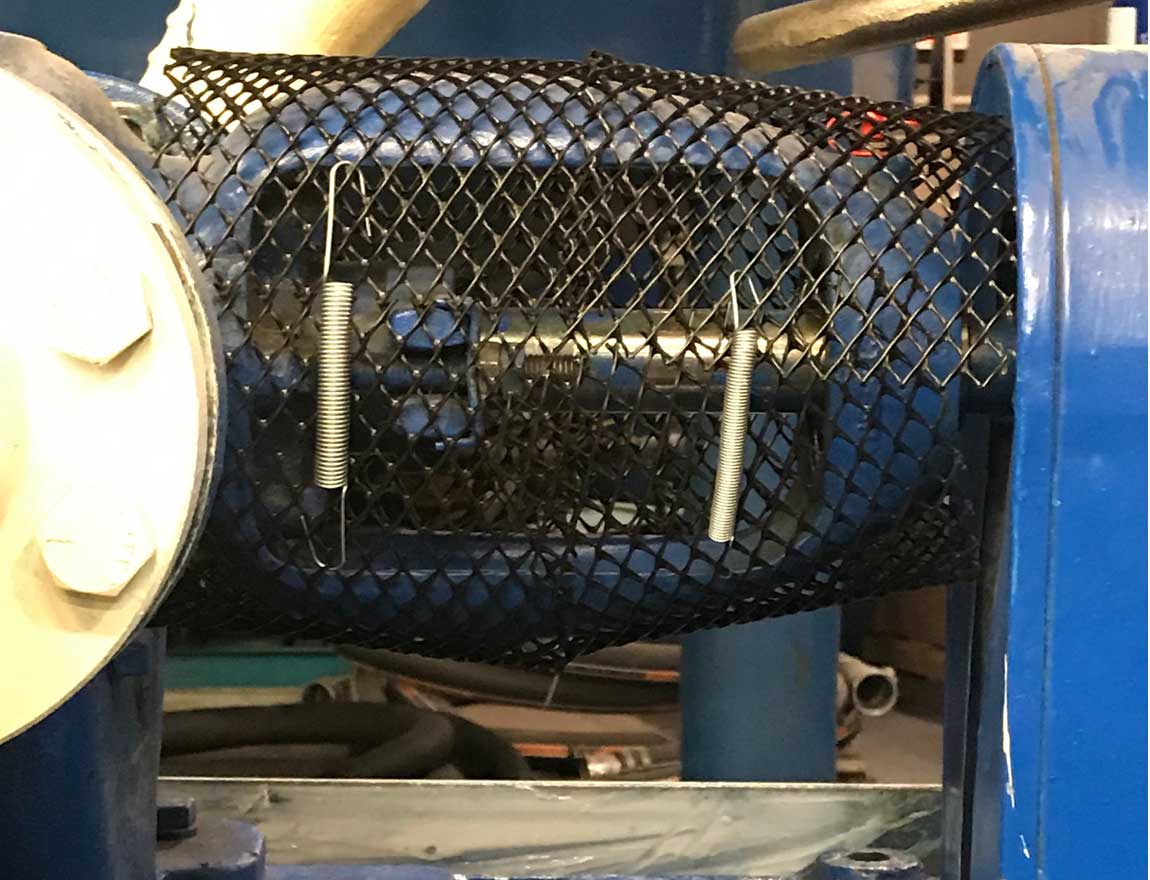
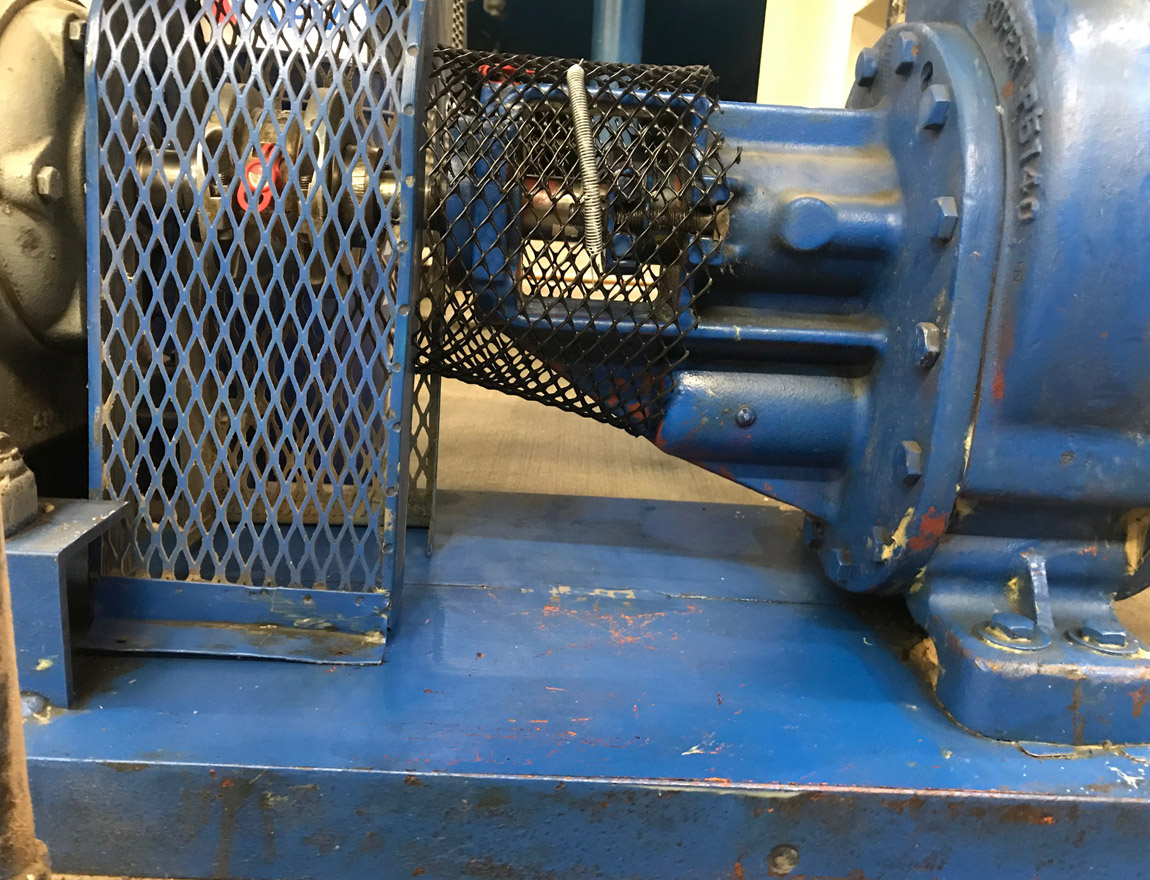

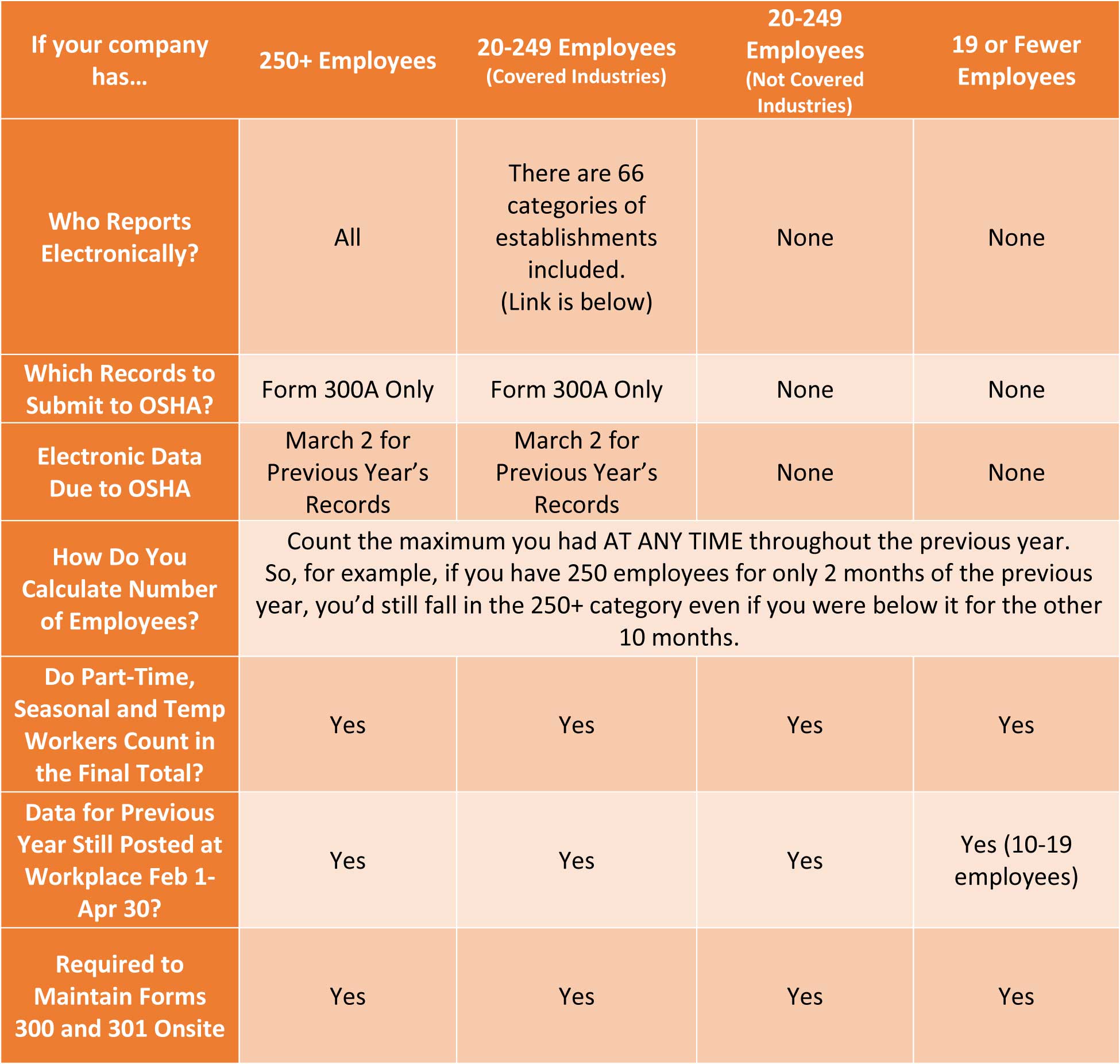



 For ongoing snake control, iSi recommended placing glue traps along the inside walls of the building, making sure that the traps are not adjacent to standing pipes. A snake is able to wrap around the pipe and leverage itself off the trap. Also, turning up the heat in the building may increase the capture of snakes on the glue traps because they are not able to hibernate when they are so warm. Building personnel were advised that, if they chose to relocate the snakes, to release them at least two miles from the building during any season but winter. Racers have a home range of 25-50 acres, and would find their way back if not released far enough away.
For ongoing snake control, iSi recommended placing glue traps along the inside walls of the building, making sure that the traps are not adjacent to standing pipes. A snake is able to wrap around the pipe and leverage itself off the trap. Also, turning up the heat in the building may increase the capture of snakes on the glue traps because they are not able to hibernate when they are so warm. Building personnel were advised that, if they chose to relocate the snakes, to release them at least two miles from the building during any season but winter. Racers have a home range of 25-50 acres, and would find their way back if not released far enough away.